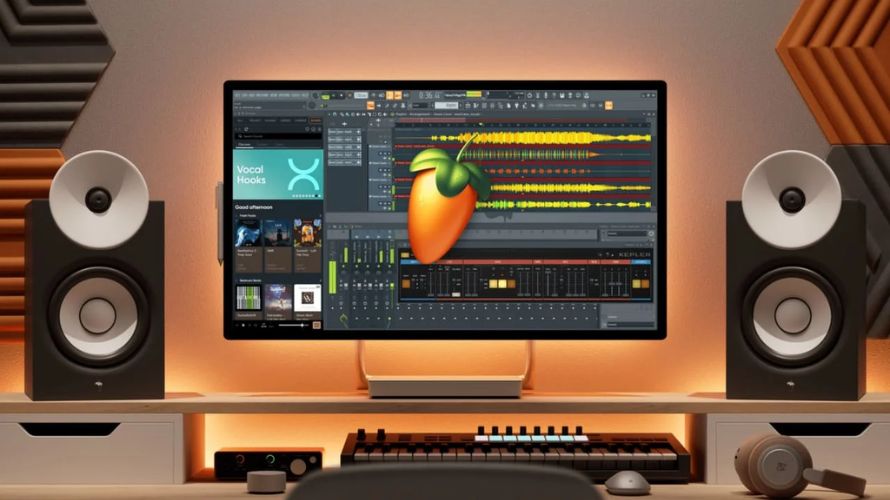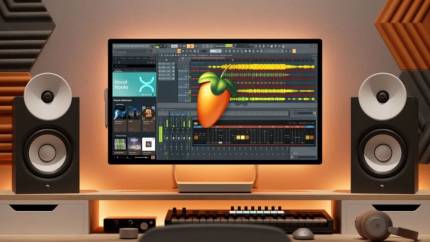Exploring the FL Studio's Mixer: Balancing and Processing Audio
- 30 January 2025

The Mixer in FL Studio is a powerful tool that lets you balance, process, and refine the individual elements of your track. After FL Studio download, the Mixer will become one of your most used features for tweaking audio and achieving the perfect sound. Whether you’re using FL Studio on Mac, FL Studio for free, or FL Studio mobile, the Mixer remains consistent in functionality across all platforms. In this article, we’ll take a deep dive into the Mixer and show you how to use it for optimal audio processing and balance in your music production.
Getting Started with the FL Studio Mixer
The Mixer in FL Studio is where you can control the volume, pan, effects, and routing of each individual sound in your project. After you install FL Studio, you'll notice that each track in the Mixer corresponds to a channel in the Channel Rack. You can route audio from your Channel Rack to specific mixer tracks, where you can adjust volume, apply effects, and pan the sound from left to right in the stereo field. This feature is especially important when mixing multiple sounds and layers to create a balanced and cohesive track. Whether you’re using FL Studio on Windows 10 or FL Studio on Chromebook for free, the Mixer offers similar functionality.
- Adjusting individual volume levels for each sound
- Applying EQ, reverb, and other effects to channels
- Creating stereo width with panning controls
- Automating volume or effects to add movement to your track
Using FL Studio Free Version with the Mixer
Even with the free version of FL Studio, you can use the Mixer to adjust your audio and apply basic effects. While some advanced features like certain premium plugins may not be available, you can still make use of essential tools such as the EQ and volume control. If you’ve downloaded FL Studio for free, you may also notice that some advanced features, such as side-chain compression, may be limited, but you’ll still be able to achieve professional-sounding mixes with what is available. The free FL Studio download gives you access to a solid range of mixing tools that can help you start producing your tracks.
Advanced Mixing Techniques in FL Studio
Once you're comfortable with the basics of the Mixer, you can explore more advanced mixing techniques, such as routing multiple tracks to a single bus for group processing. For example, you can group all of your drums together and apply a common reverb or compressor to the entire group. This technique can help your mix sound more cohesive. You can also automate different effects and parameters, such as volume fades or filter sweeps, to add dynamics to your mix. Advanced users will often use these techniques to add depth and complexity to their tracks, making the final mix sound more professional and polished.
Conclusion
The Mixer in FL Studio is an essential tool for achieving the perfect balance and processing of your audio. Whether you’re working with FL Studio for free on Windows or using FL Studio on Mac, this feature provides all the controls you need to create a polished, professional mix. Take the time to learn its features and explore advanced techniques, and you’ll soon master the art of mixing in FL Studio.

